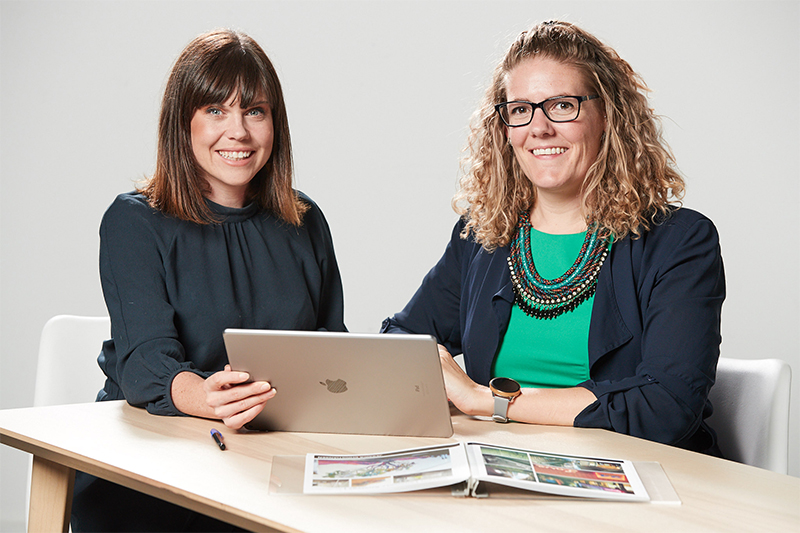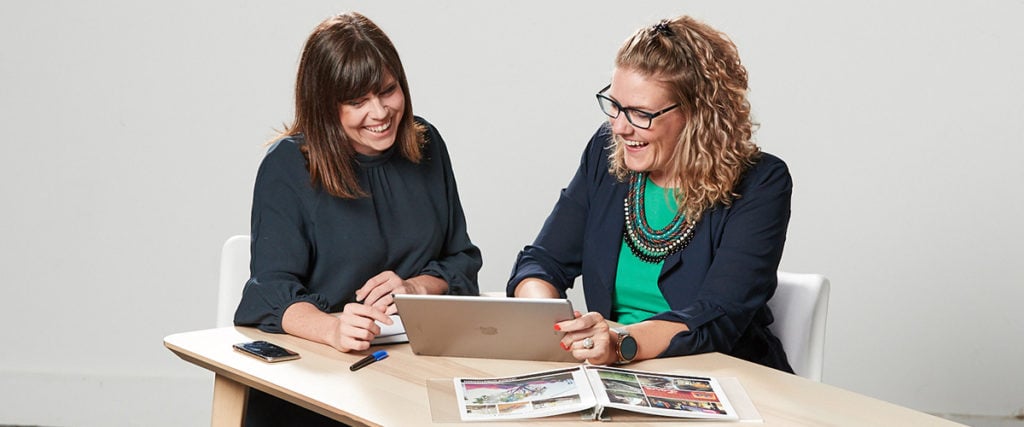Ever wondered why some neighbourhoods become happening hotspots whilst others do not? Analytics startup Neighbourlytics wants to give you the answers.
Imagine if you could definitively assess the popularity and vibe of a certain street or neighbourhood or find out where’s the best place to launch your new café, open a new library or develop new houses. That’s what landscape-architects-turned-entrepreneurs Lucinda Hartley and Jessica Christiansen-Franks are doing with their analytics-based start-up Neighbourlytics that utilises machine learning and artificial intelligence to make the previously immeasurable elements of city life – its people, culture, social connections, popular meeting spots etc – measurable through data analysis and visualisation. Using “social data” gathered via crowdsourced information (think Google Maps, Zomato and Trip Advisor) and social media activity, they claim they can give businesses and governments a better understanding of true public behaviour in any given local economy.

The founders’ journey began in 2017 via the SheStarts accelerator program, Australia’s only venture-backed accelerator program designed to help women entrepreneurs (particularly those with non-technical backgrounds) build tech businesses. Prior to Neighbourlytics, they co-founded an award-winning consultancy CoDesign Studio, working with governments and developments to improve social connections in neighbourhoods, initiating 50 urban renewal projects in Australia. But that wasn’t enough. They wanted to find a way to scale and share the necessary information about where locals were spending most of their time. Equipped with AUD 100,000 in pre-sale investments, they pitched the idea of using social media and other online platforms to understand what people like about particular neighbourhoods and where they hang out. That information could then be used by retailers, governments and property developers to inform better decision-making when it comes to urban development. Today, the duo have recently raised their first seed round and their product has been used in 500 cities across 10 countries and counting.
Amidst the Cambridge Analytica Scandal and the general fear factor surrounding data gathering, clearly, this is a strategy that has the potential to cause alarm. On this topic, Neighbourlytics are adamant that people shouldn’t be wary. They say they collect data solely based on location using a combination of Twitter, Instagram, TripAdvisor, Yelp and Google Maps. “Location is one of the best predictors of your behaviour because we’re able to understand what’s hot or not at a nearby park or cafe. We can get a very detailed local picture, which gives us an excellent proxy for behaviour and lifestyle, without tapping into personal information,” says Jessica. Every time someone likes, reviews, books, or takes a photo of a place, it helps Neighbourlytics build a picture of what people are connecting with. Lucinda adds, “We help de-risk decision making [for governments, local businesses and developers] by providing data insights into the health of the local economy, understanding the strengths of a community, identifying gaps in service provision and uncovering influential, unseen or new stakeholders.” For example, their technology could be used to understand that a shopping mall may not be the right choice for an area in which people prefer to visit the local farmers’ market to handpick their produce and enjoy some park life on the way.
You might also like AI Healthcare: More Accurate Than Doctors?

Having focused on Australia, the company now sees a huge opportunity in South East Asia. “Customers in Singapore are using Neighbourlytics to understand what makes some suburbs more successful at generating jobs than others. There are often more data points in these cities because there are high levels of mobile phone use in emerging economies. What is particularly interesting is that there is often rich information about social life and activity in informal settlements – parts of our cities which might not be represented in traditional data sets like physical maps or the census.” Think of areas like Chinatown, which have an amazing character and heritage that’s not necessarily perceived as valuable in light of a pressing, growing population. Neighbourlytics is able to capture all the reasons why a new housing settlement shouldn’t come at the cost of losing a local-favourite Mahjong joint.
Lucinda and Jessica’s passion for building better cities stems from having spent significant parts of their life in different parts of the world. Lucinda has worked on improvement strategies for slum communities in South East Asia, while Jessica has spent the last decade as an urban designer looking into the social impacts of urbanisation on communities across Australia, Canada, Vietnam and the Philippines. Looking to the future, Lucinda sees a need to delve even deeper into people’s behaviours. “It’s important to increase the complexity of our analytics. At the moment, our product is good for showing you what social life in an area looks like, but what we want to create is a metric for the wellbeing of cities from a social connectedness perspective.” Determined to help deliver on cities that maximise on that commitment to meaningful connections, they see a future that completely bucks the trend of a world populated by increasingly detached and disengaged communities for quite the opposite.
Related Articles
Mitigating Urban Flooding Through Architecture





